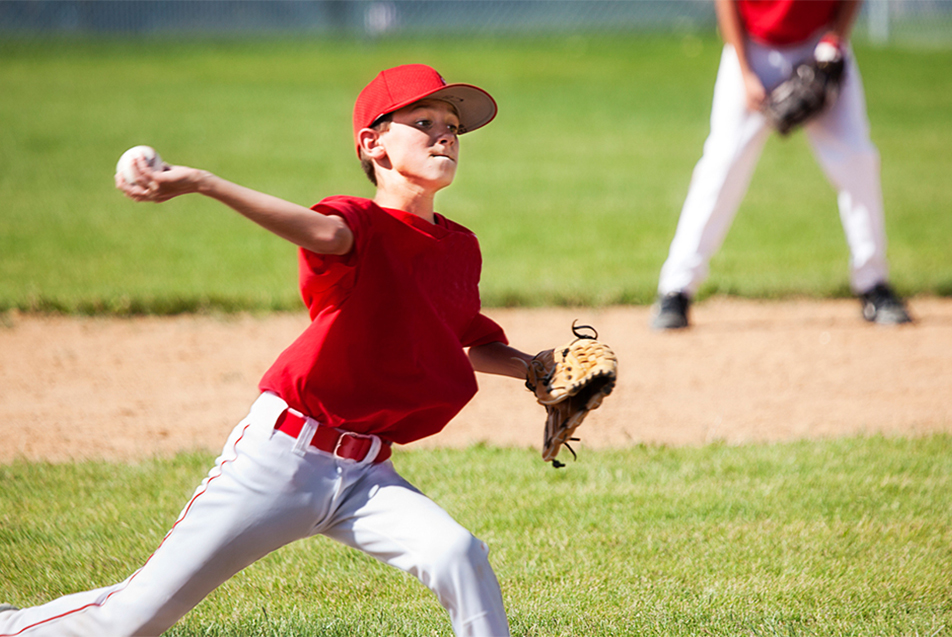
Youth sports are more popular than ever, and with their surge in participation comes longer seasons and a higher game count. Kirk Dunkin, Lead Athletic Trainer, Parkview Sports Medicine, shares why this increase in playing time can lead to rotator cuff injuries, and what we can do to prevent harm.
The rotator cuff, sometimes mistakenly called the rotary cup or rotator cup, is a group of four muscles that help support, stabilize and move the shoulder. Medical professionals oftentimes use the acronym “SITS” to remember the four muscles that comprise the rotator cuff. The first “S” stands for supraspinatus, the “I” for infraspinatus, the “T” for teres minor and the final “S” for subscapularis. These muscles are fairly small in size but play a critical role in both everyday and sport movements, especially when the arm is in the overhead position. Throwing sports like baseball and softball, and non-throwing sports like volleyball and swimming commonly place strain on the rotator cuff.
Many states and youth organization are implementing pitch counts and rest recommendations to protect young athletes. By instituting these limits, officials hope to prevent some of the strain placed on the shoulder (and elbow) by the abnormally high rotational forces that occur during the overhead pitching motion. It’s important to follow these recommendations, and if your state or local organization doesn’t have these safety measures in place, consult a physician specializing in youth sports to make sure the athlete in your family isn’t overthrowing.
As with many of the body joints, injuries to the rotator cuff can be as serious as complete tears or as simple as minor strains. Having a health care professional evaluate the extent of the injury dictates if physical therapy could be helpful, or in more serious cases, if surgery is required to repair the damage.
Rest assured though, with proper stretching and basic strengthening techniques, and by following the pitch count and rest recommendations, players can lessen their risk of, or even completely prevent, injury.



